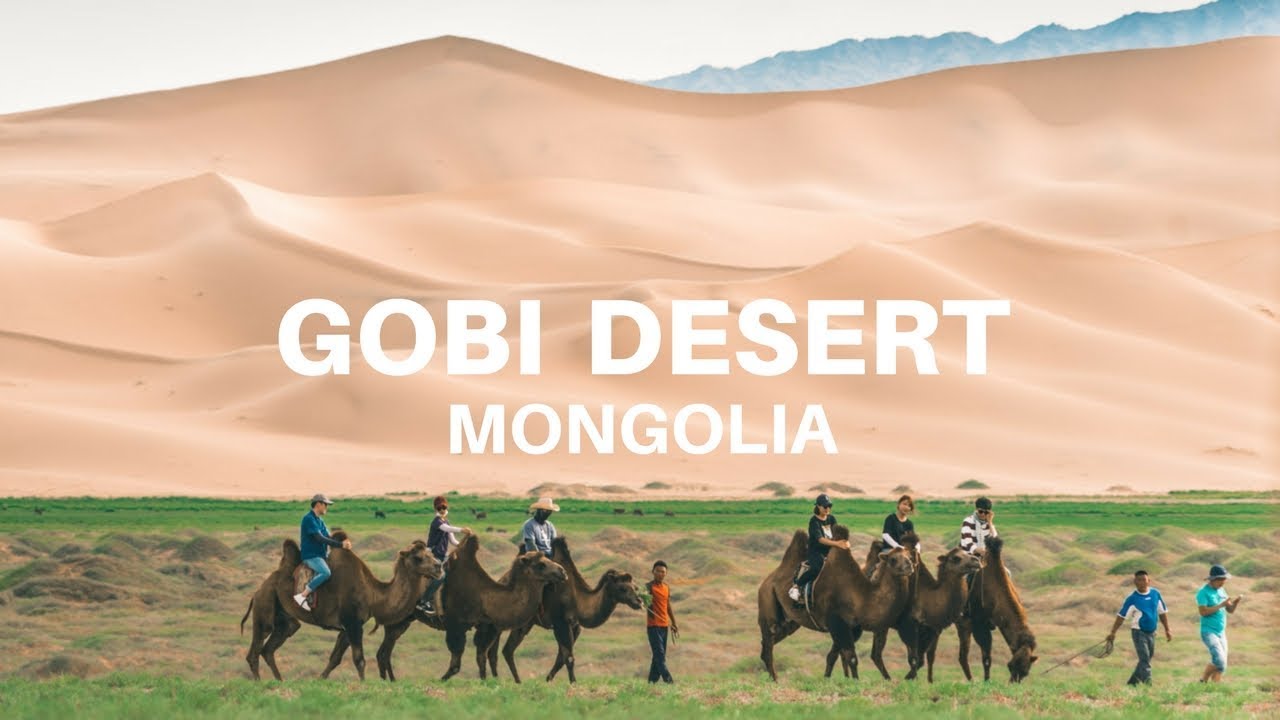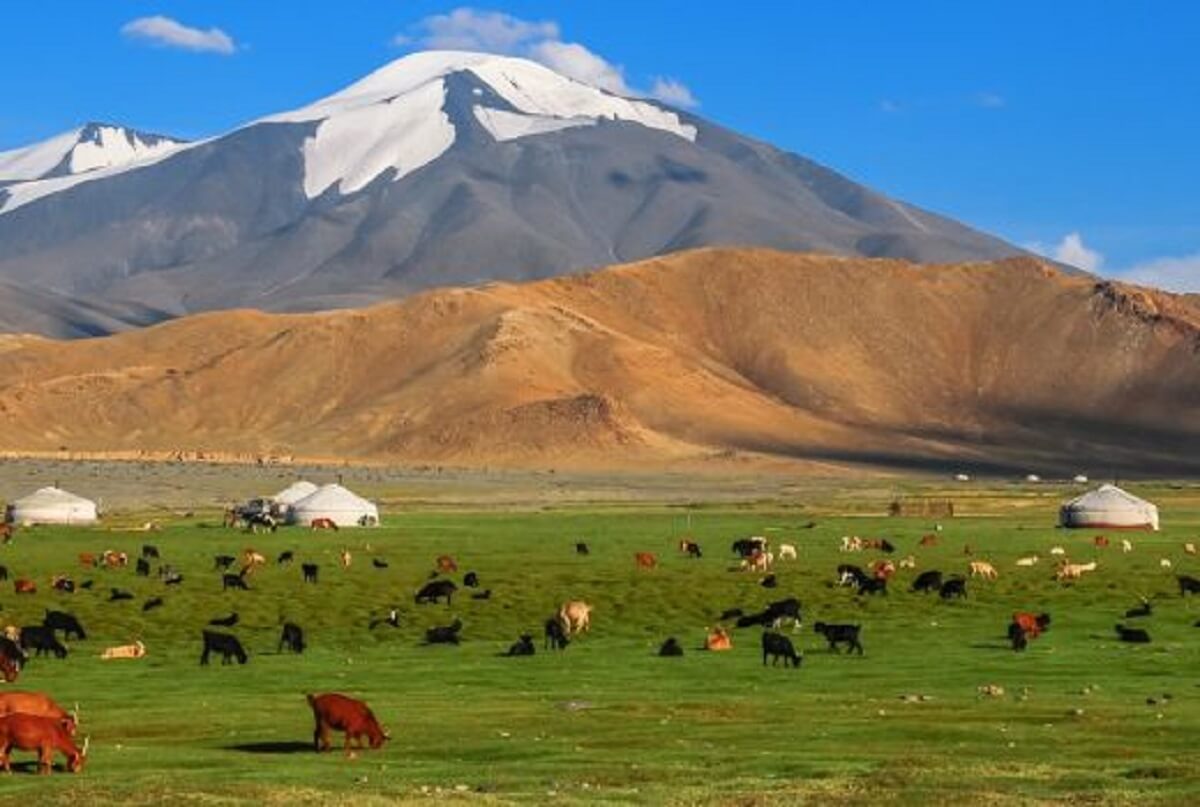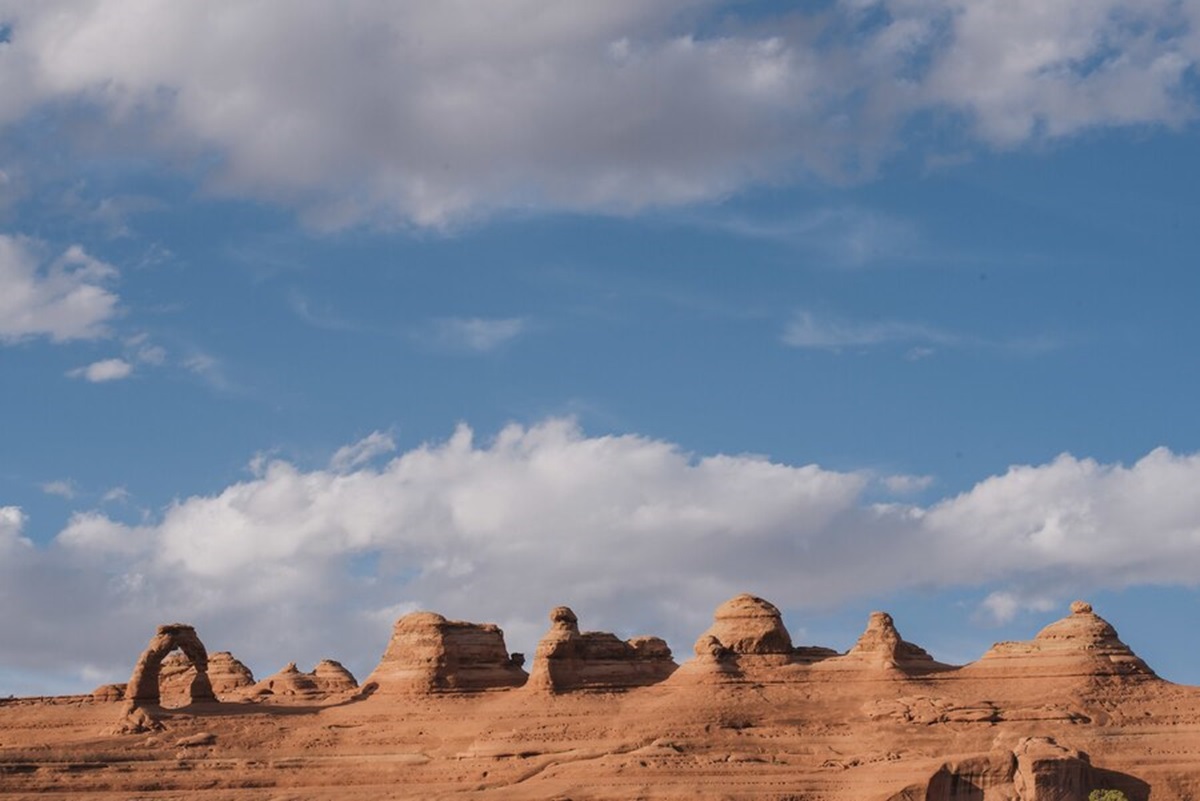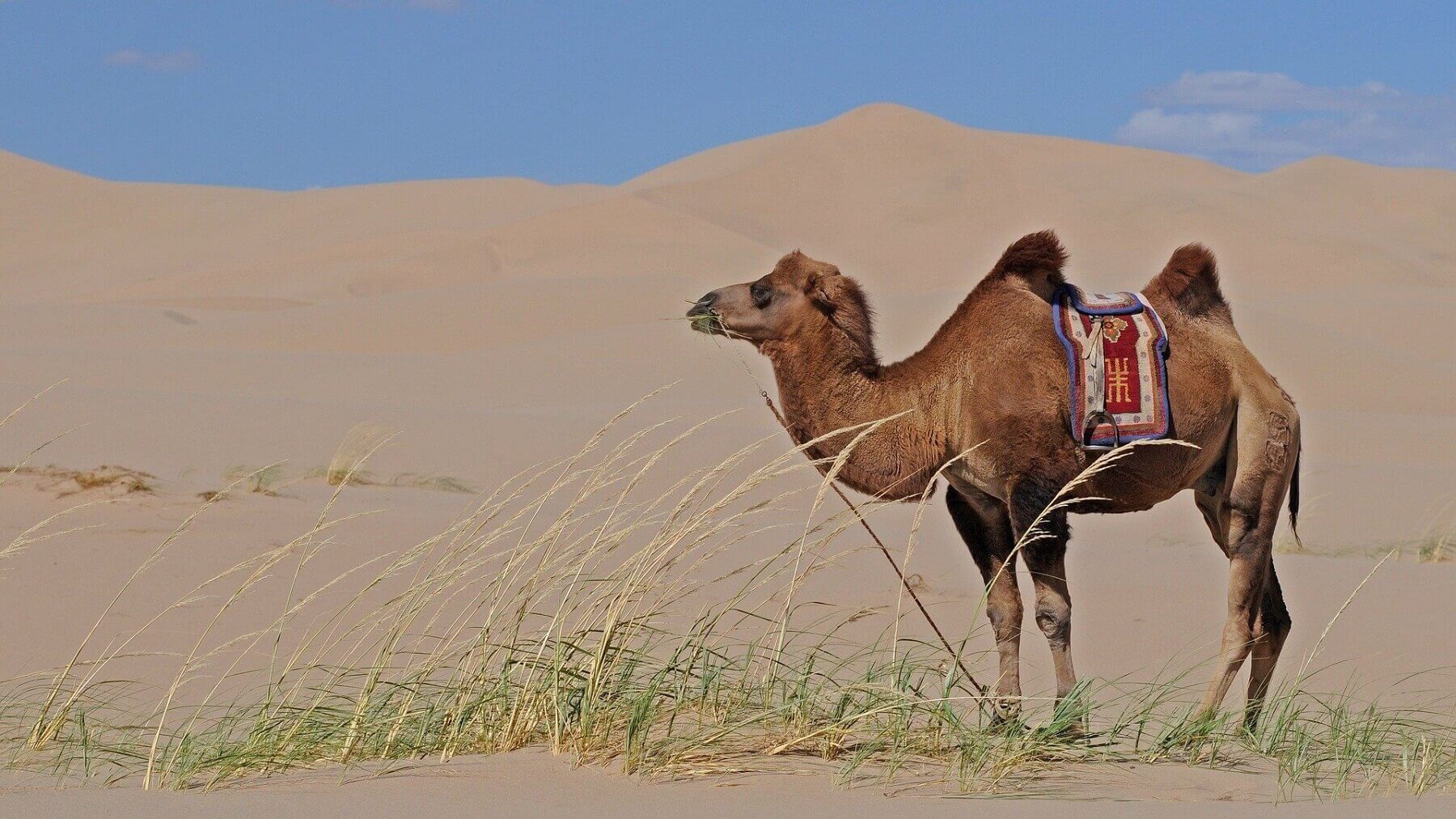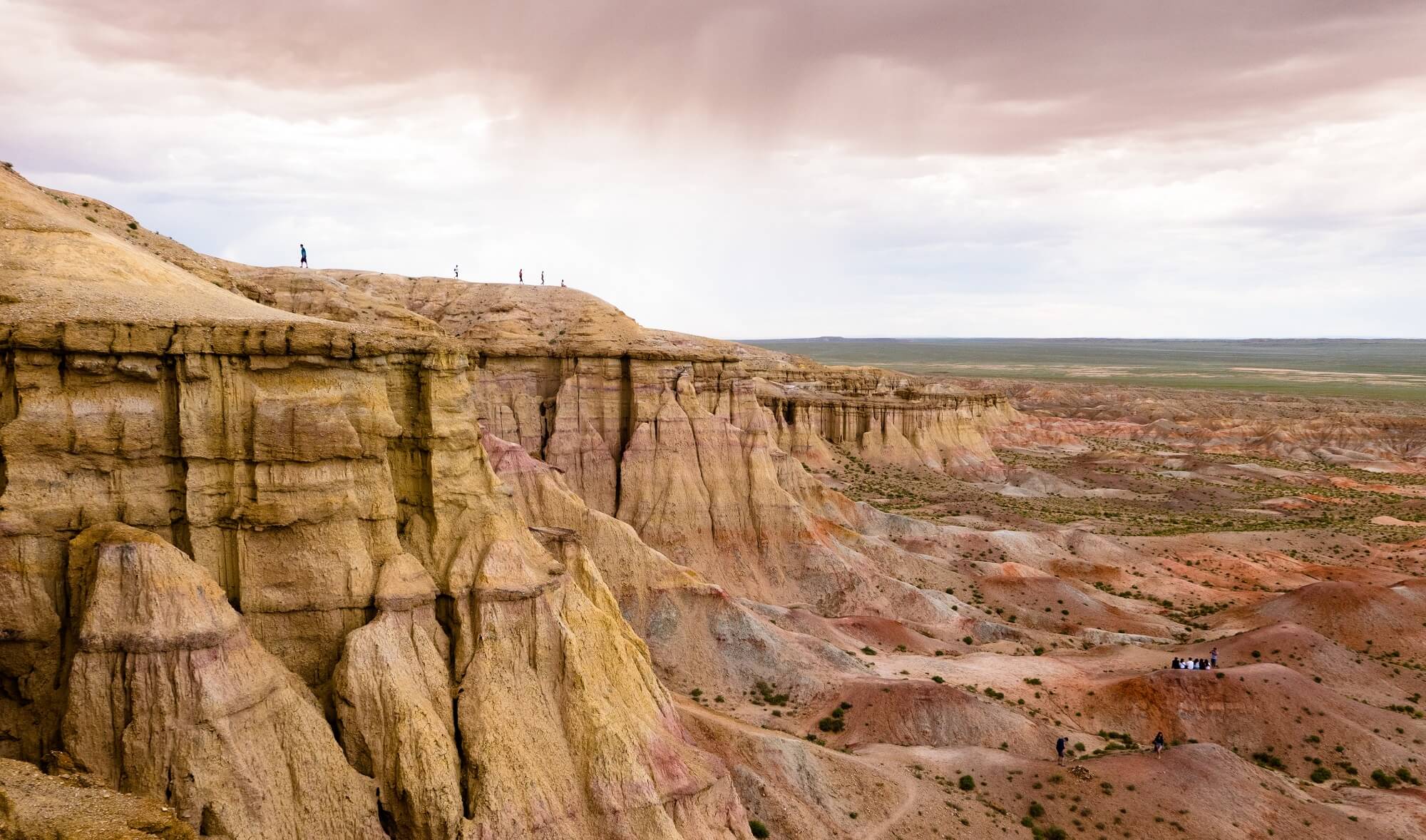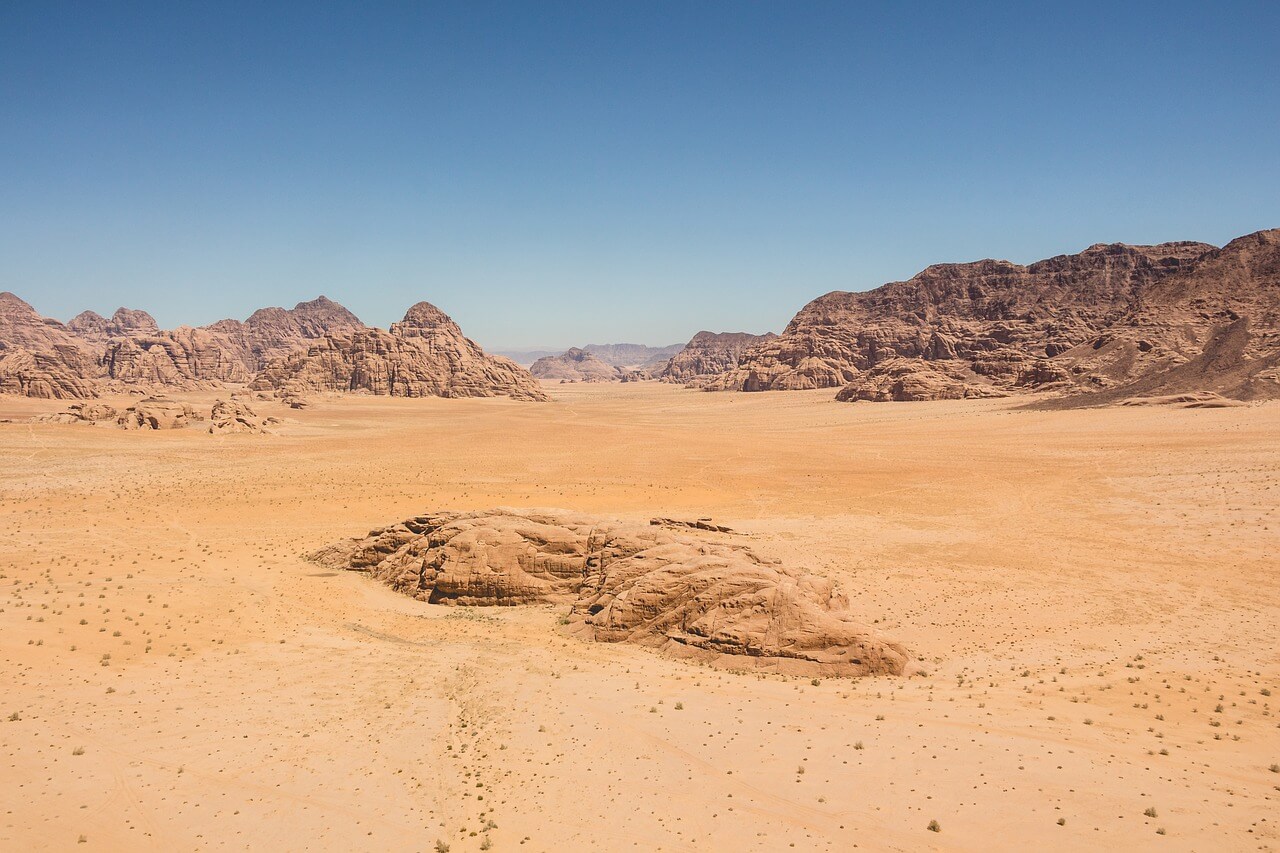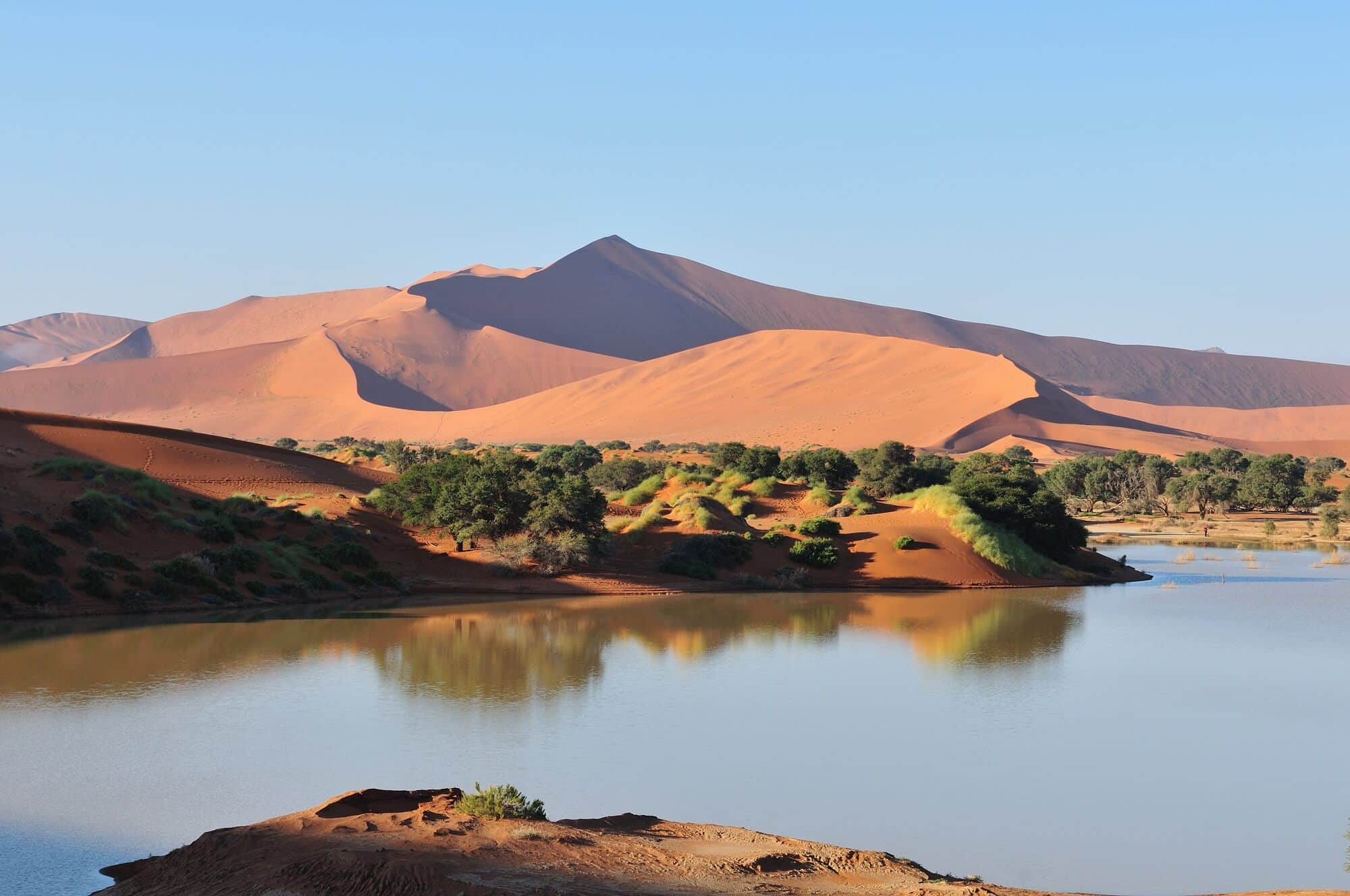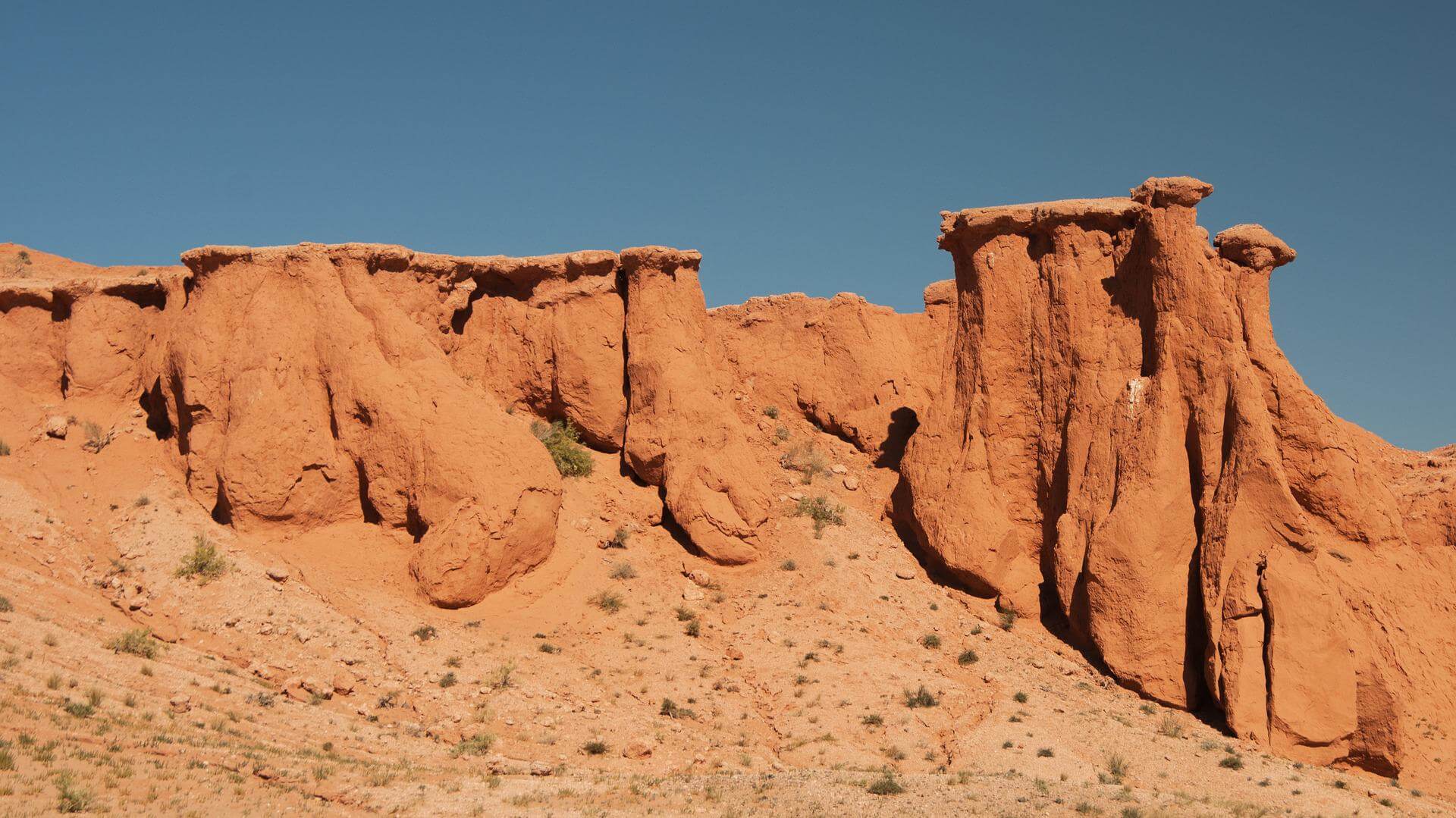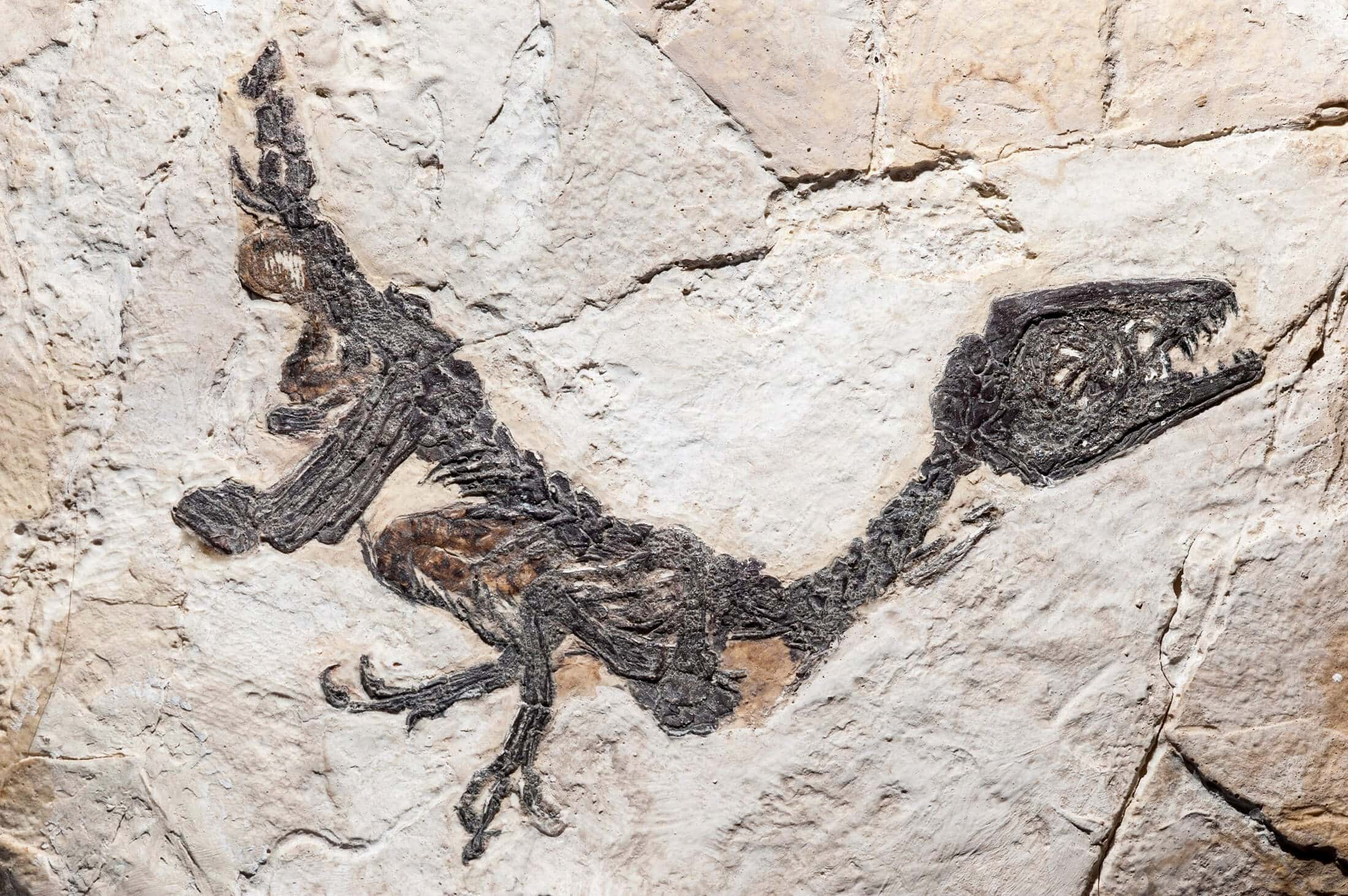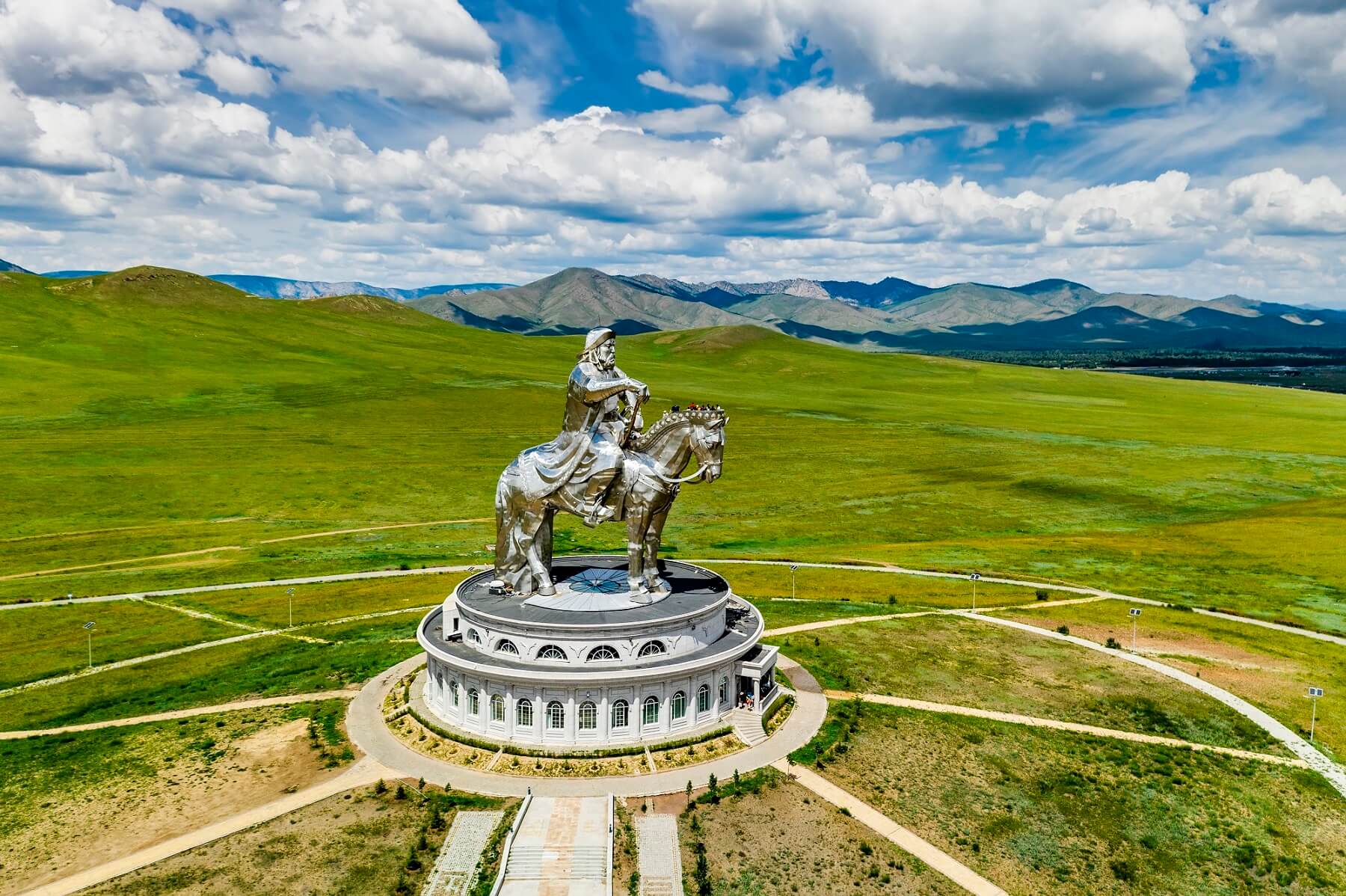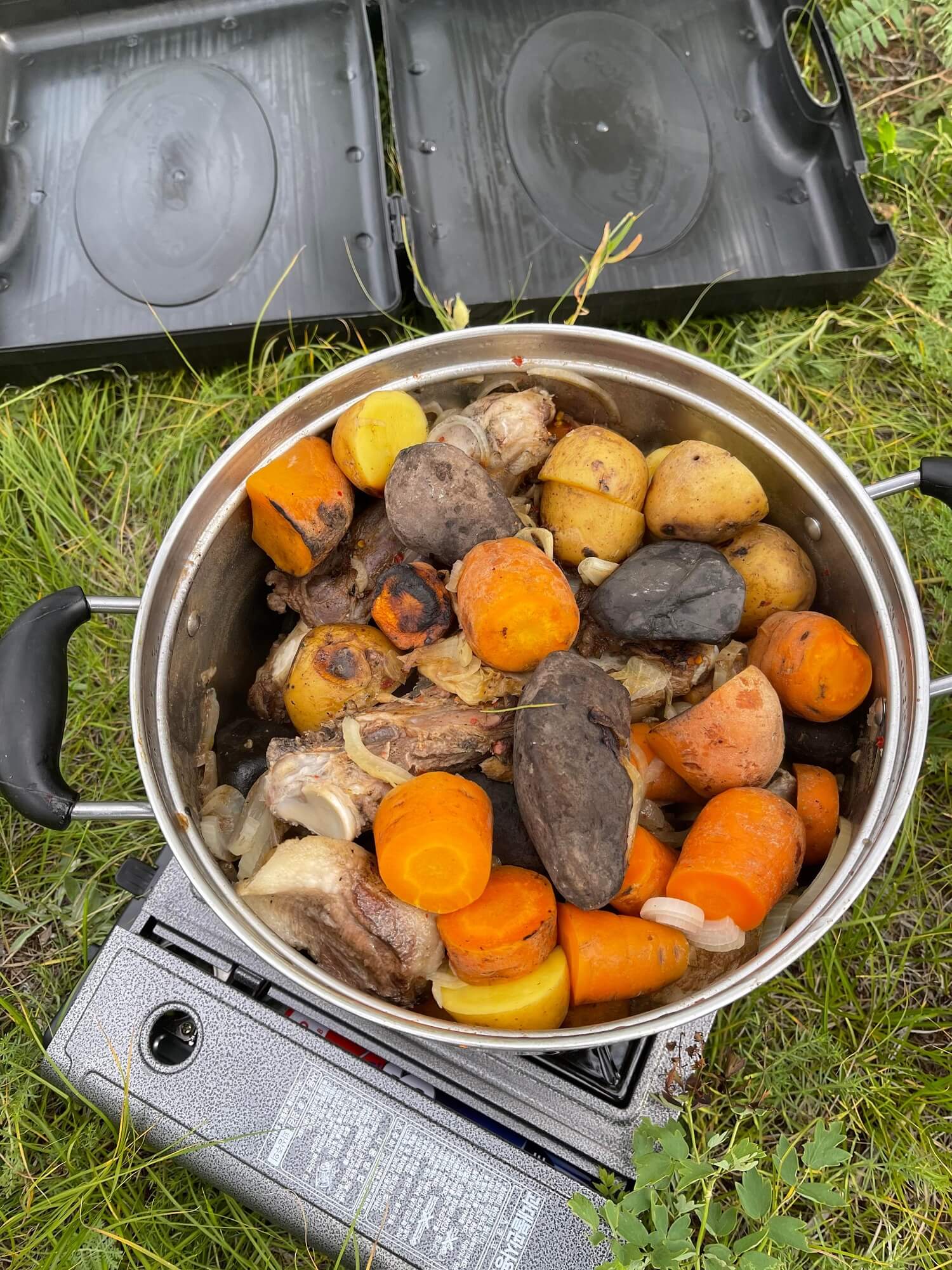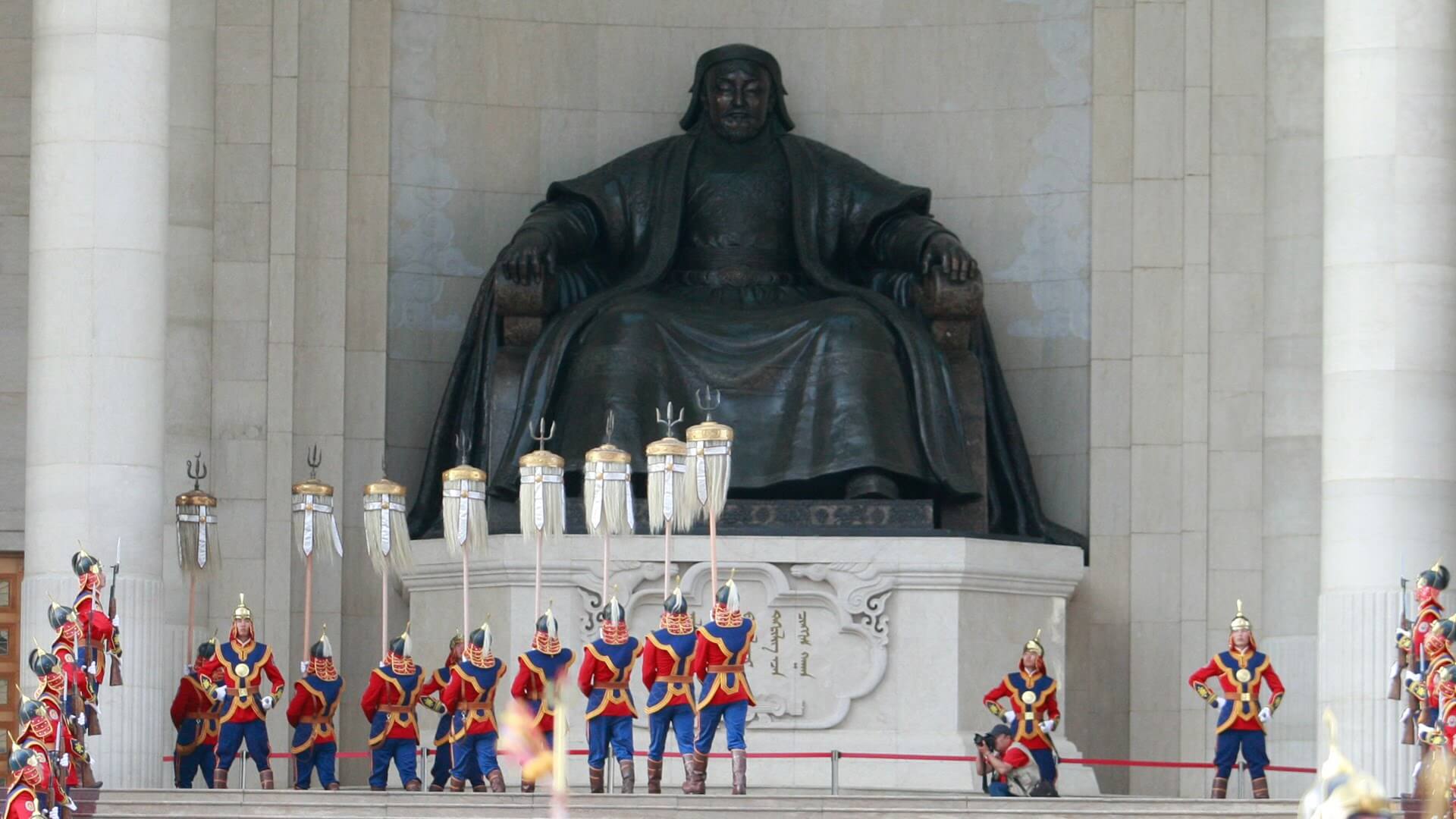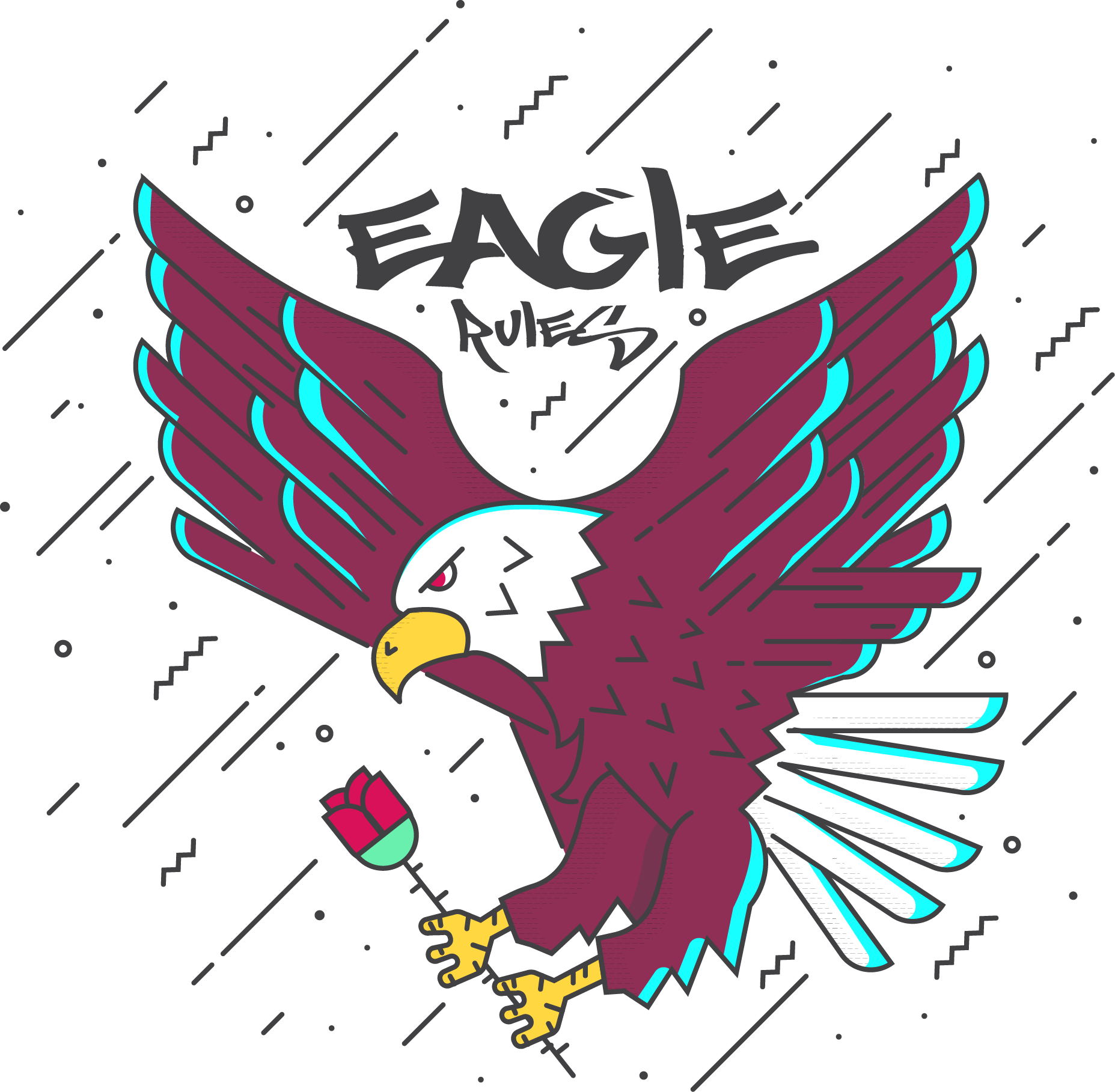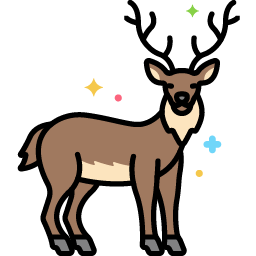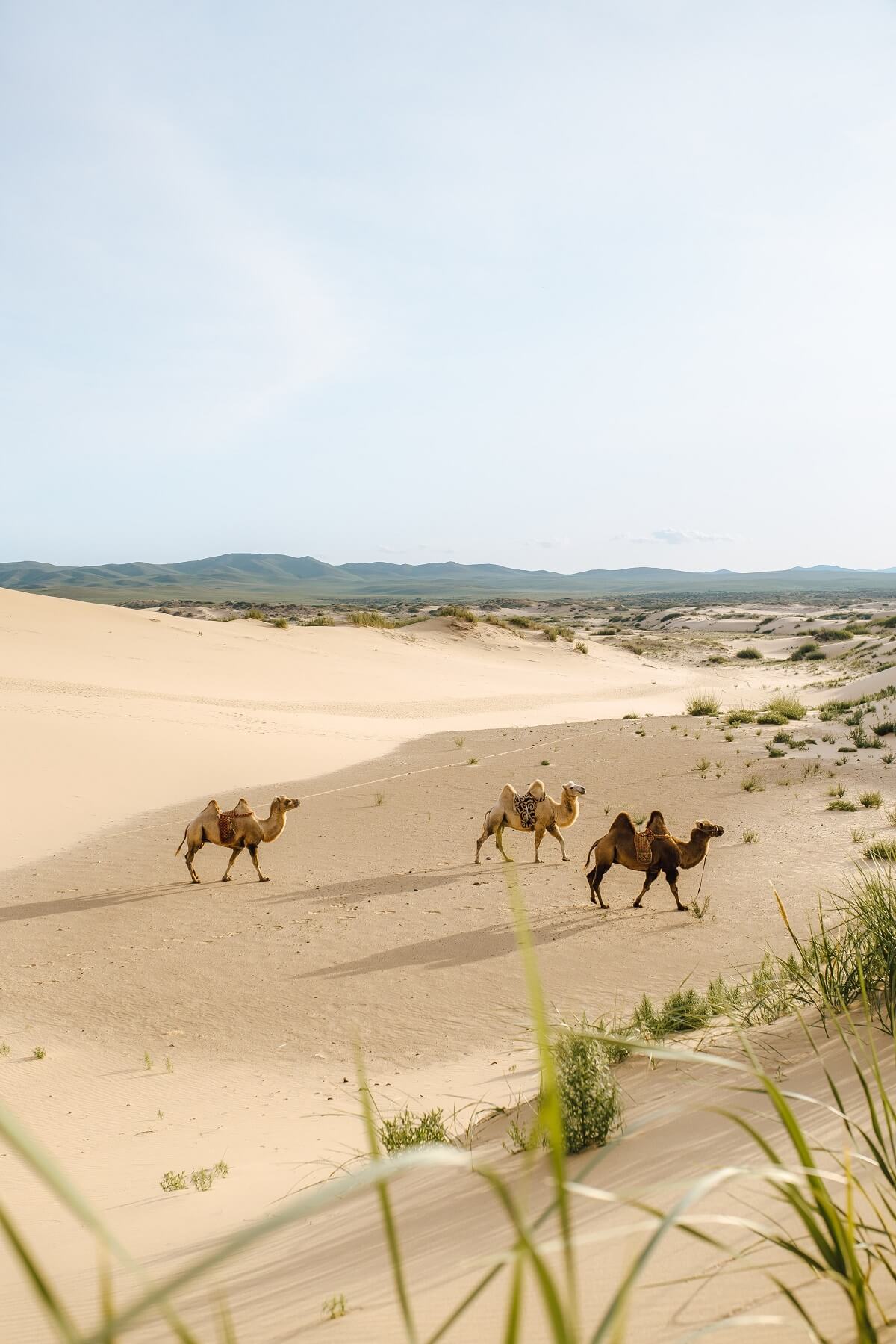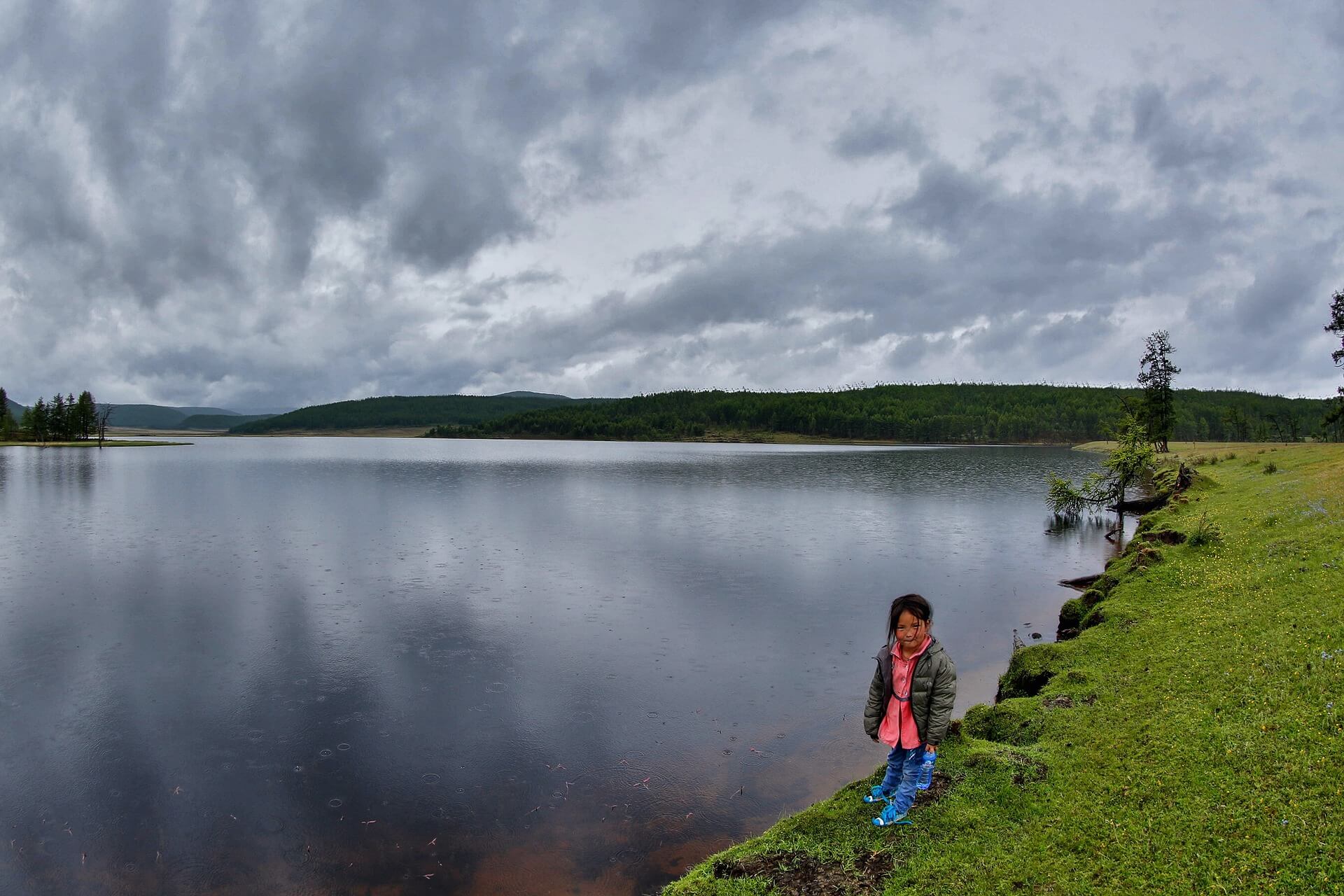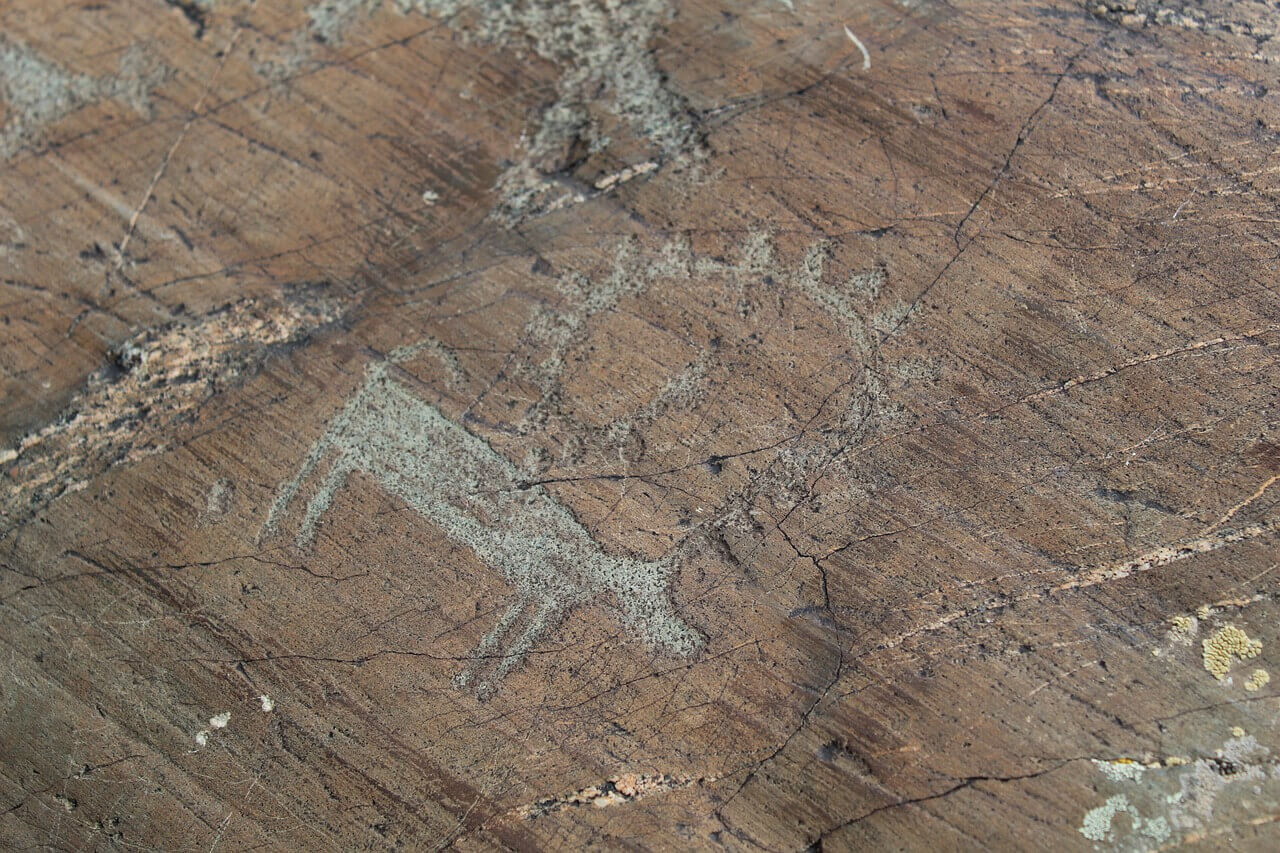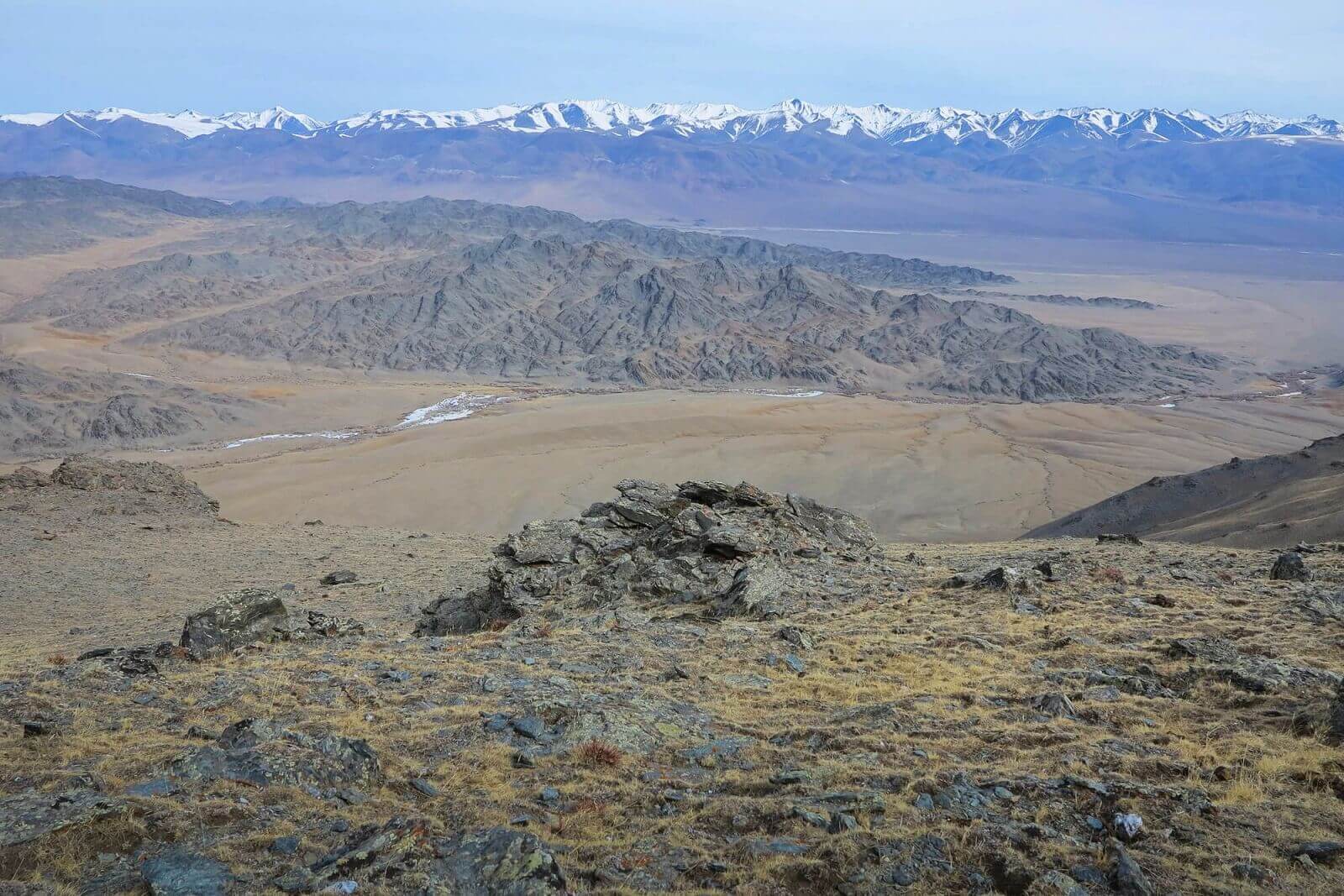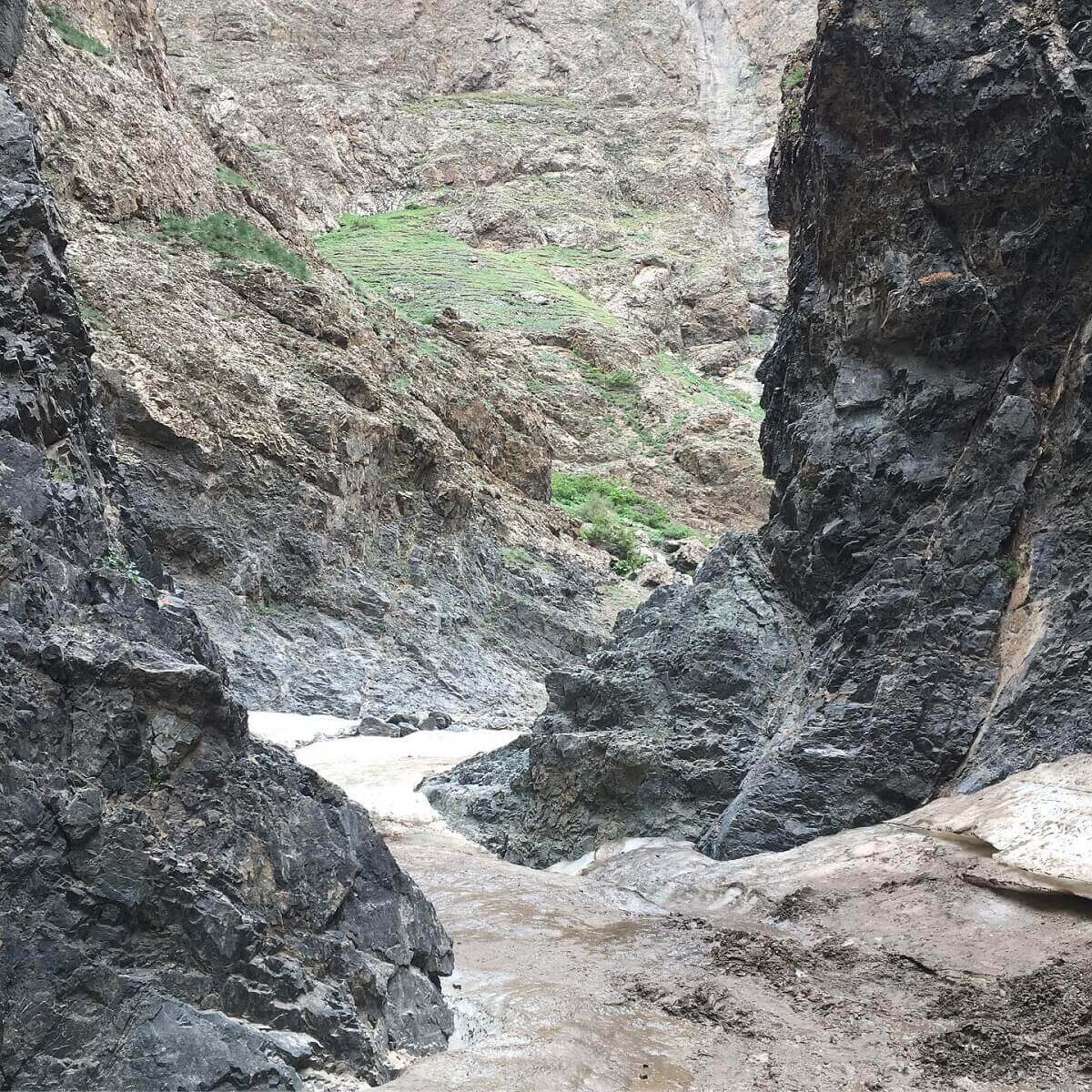Gobi Desert Tour In Beautiful Mongolia
Explore Gobi Desert Attractions
Gobi Desert Tour
Our highlights
Overview:
The Gobi Desert in Mongolia is one of the most fascinating and diverse desert landscapes in the world, featuring vast plains, majestic peaks, mountain ranges, and sandy valleys that offer a unique blend of natural beauty, cultural experiences, and adventure. Here’s a guide to planning a Gobi Desert tour in Mongolia:
Key Highlights
- Flaming Cliffs (Bayanzag)
- Famous for its red sandstone formations and significant dinosaur fossil discoveries, including the first found dinosaur eggs.
- Ideal for hiking and exploring the stunning landscape.
- Khongoryn Els (Singing Dunes)
- Some of the largest and most spectacular sand dunes in Mongolia.
- Opportunities for camel trekking and climbing the dunes for panoramic views.
- Yolyn Am (Vulture’s Gorge)
- A narrow gorge with a small stream that can remain frozen even in summer.
- Great for hiking and bird-watching.
- Tsagaan Suvarga (White Stupa)
- Striking limestone formations resembling a white stupa.
- A fantastic spot for photography.
- Nomadic Culture
- Experience the traditional lifestyle of Mongolian nomads.
- Stay in a ger (traditional yurt) and participate in daily activities like herding and milking animals.
Additional Experiences
- Star Gazing: The clear desert skies offer incredible opportunities for star gazing.
- Wildlife Watching: Look out for animals like Bactrian camels, ibex, and various bird species.
- Cultural Performances: Some ger camps offer traditional Mongolian music and dance performances.
- Traditional Food: Experience the local culture by preparing and tasting traditional food with herder families. Enjoy common dishes like homemade pasta, dumplings, and soups with meat of goat, sheep, or cattle, along with traditional dairy products.
Itinerary:
Day 1: Ulaanbaatar to South Gobi
- Morning: Fly from Ulaanbaatar to Dalanzadgad.
- Afternoon: Visit Yolyn Am Gorge (Vulture’s Gorge).
- Evening: Settle into a ger camp and enjoy a traditional Mongolian dinner.
Day 2: Yolyn Am to Bayanzag (Flaming Cliffs)
- Morning: Drive to Bayanzag.
- Afternoon: Explore the Flaming Cliffs and the surrounding area, known for dinosaur fossil discoveries.
- Evening: Stay overnight in a nearby ger camp.
Day 3: Bayanzag to Khongoryn Els (Singing Dunes)
- Morning: Travel to Khongoryn Els dunes.
- Afternoon: Camel trekking and climbing the dunes for panoramic views.
- Evening: Stay in a ger camp near the dunes.
Day 4: Khongoryn Els Exploration
- Morning: Continue exploring Khongoryn Els, visit an oasis.
- Afternoon: Enjoy more camel trekking or relax at the camp.
- Evening: Cultural performance and dinner at the ger camp.
Day 5: Khongoryn Els to Nomadic Family Visit
- Morning: Travel to visit a local nomadic family.
- Afternoon: Participate in daily activities such as herding and milking animals.
- Evening: Stay overnight with the nomadic family in their ger or in a nearby ger camp
Day 6: Nomadic Family to Tsagaan Suvarga (White Stupa)
- Morning: Drive to Tsagaan Suvarga.Afternoon: Explore the White Stupa limestone formations.Evening: Stay overnight in a ger camp near Tsagaan Suvarga.
Day 7: Tsagaan Suvarga to Dalanzadgad
- Morning: Further exploration of Tsagaan Suvarga.
- Afternoon: Return to Dalanzadgad.
- Evening: Relax and prepare for your return trip in a local hotel or ger camp.
Day 8: Dalanzadgad to Ulaanbaatar
- Morning: Fly back to Ulaanbaatar.
- Afternoon: Arrive in Ulaanbaatar, optional city tour or souvenir shopping.
- Evening: Departure or continue exploring Ulaanbaatar
We hope you love the entire trip, which included visits to the South Gobi province, camel trekking, and exploring the Gobi Desert.
This Gobi tour offers a comprehensive experience of Mongolia’s natural beauty, cultural heritage, and unique landscapes.
Things To Consider
- The accommodation is a Mongolian traditional Ger for tourists, where travelers can relax and rest.
- In Ger accommodation, a room for 6 people, a room for 4 people, a room for two people / ger accommodations are allocated according to the number of people in 2 to 6 people / male and female separate accommodation is in principle, but depending on the situation, single or mixed accommodation can be made. ./
- You can shower for 5 days.
- Electricity can be used all day / battery 12V /
- The tour can be conducted with a minimum of 2 people.
- For 2-3 people, use a car, Telica, or Starex
- For 5-6 people, use Starex or Purgon
- Lunch is eaten at a local restaurant, and breakfast and dinner are prepared by the guide. For dinner, pork belly, traditional nomadic food Khorkhog, Mongolian BBQ, Mongolian boiled meat, Mongolian spaghetti, and Mongolian traditional foods.
Amazing Gobi Desert
Discover new nomadic life
Experience During The Tour
- Enjoy the untouched beauty of the Gobi Desert
- Witness life as it was meant to be lived – on the open steppe
- Get up close and personal with some of the world’s most exotic animals, and plants
- Be amazed at some of the largest dinosaur fossils ever found
- Experience a unique and rewarding culture
- 7-day Gobi Desert tour, which also includes Yol Valley, Khongor Sand Dunes, Flaming Cliffs, Bayanzag, horseback riding, and staying with nomad families
- Witness the beauty of the stars at night in the Gobi Desert
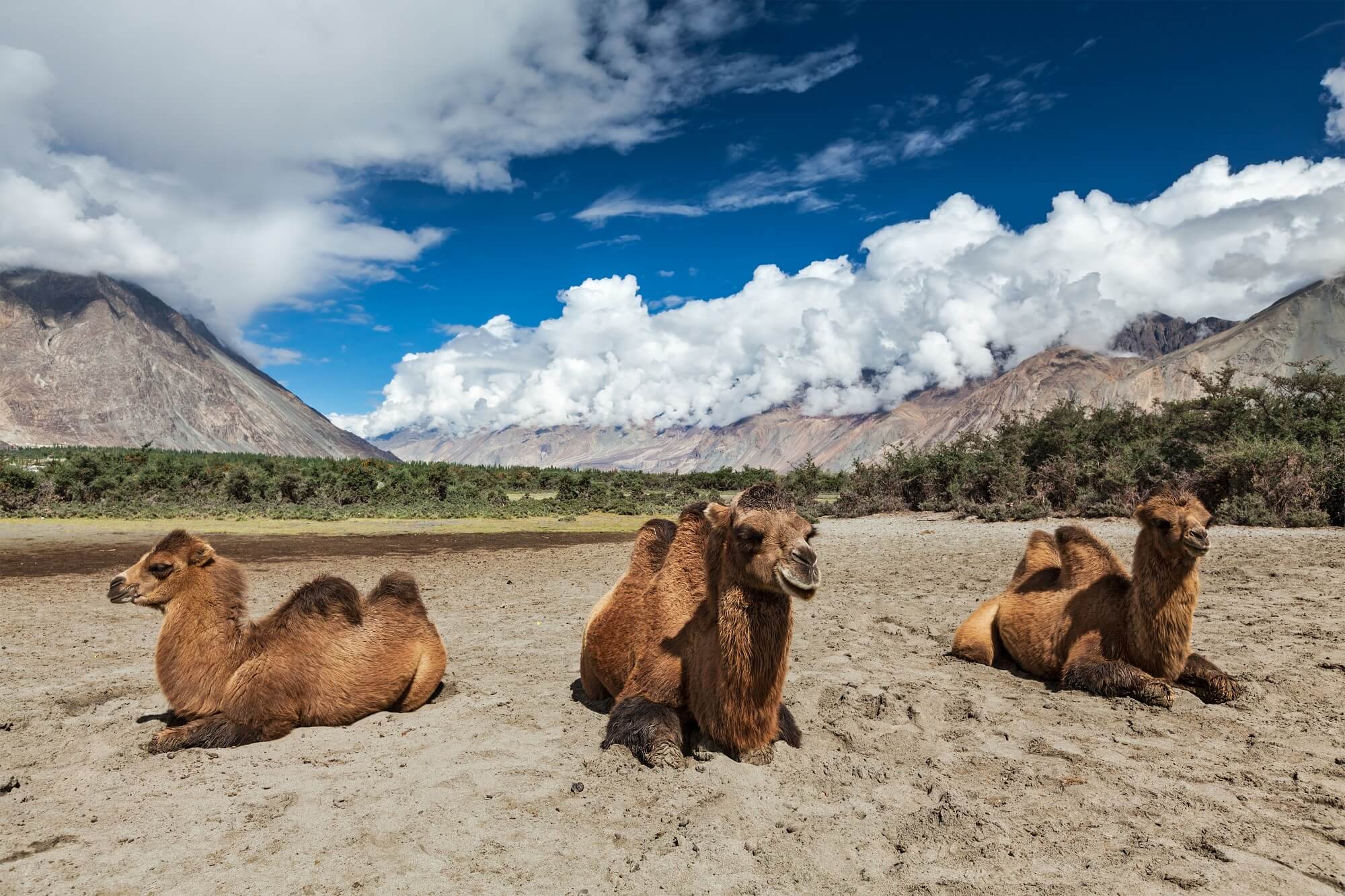
Tour Price:
| How many People | Price USD $ |
| 2 Person | 1910$ |
| 3 Person | 1800$ |
| 4 Person | 1710$ |
| 5 Person | 1600$ |
Explore Gobi Desert
Meet New Adventure in Gobi Desert
The Tour Includes:
The Tour excludes:
Amazing Gobi Desert
Discover new nomadic life

